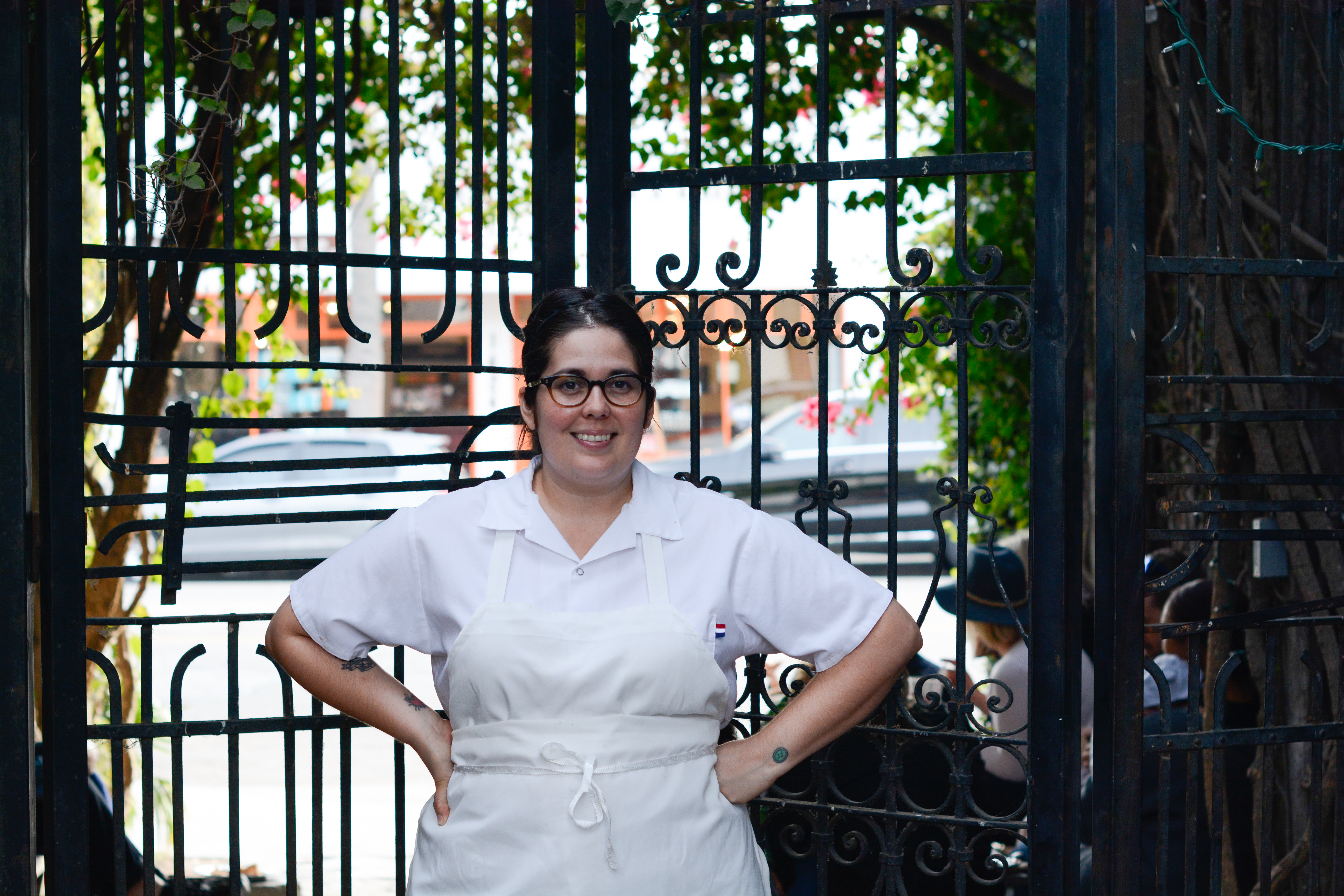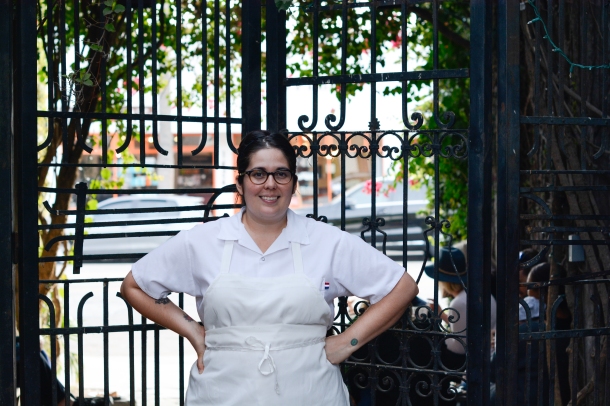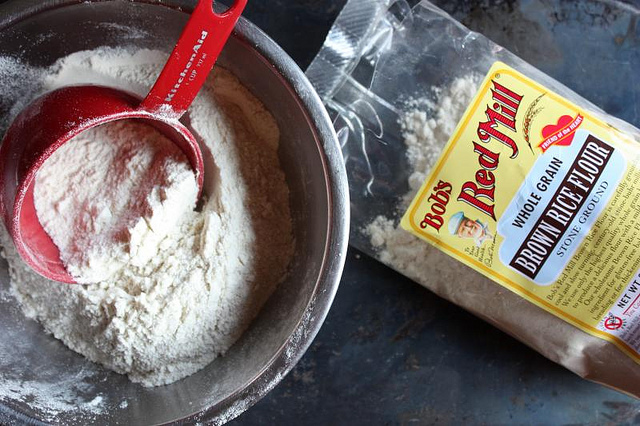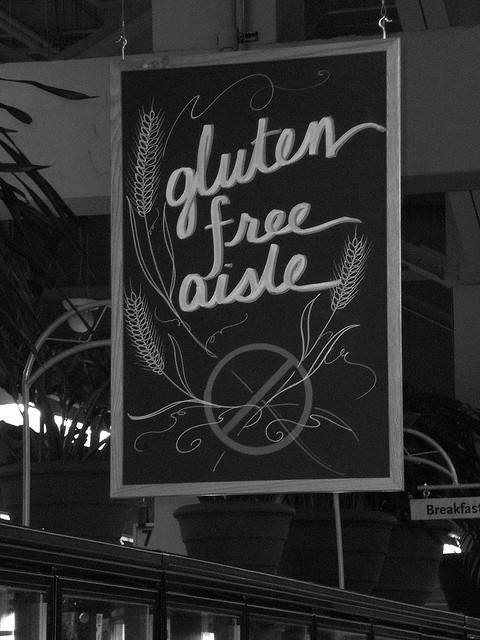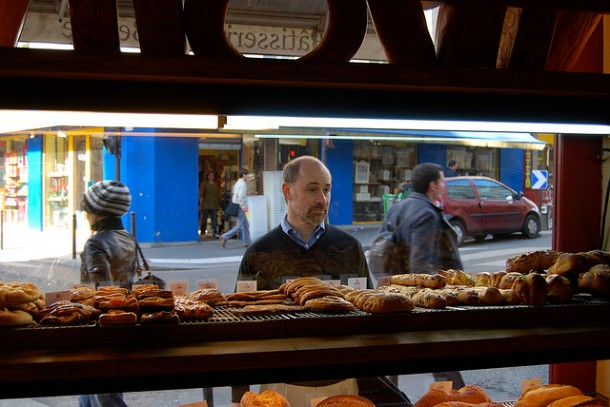Nicole Rucker
Nicole Rucker is a pastry chef for the Gjelina group, more specifically, Gjelina Take Away in Venice. At the beginning of her culinary career, Rucker worked in various bakeries and cafes across California, from San Francisco to San Diego. In the quest to create the perfect pie crust, Rucker came up with a recipe that helped her win the KCRW Annual Good Food Pie Contest in Los Angeles, as well as a blue ribbon in the National Pie Championship in Orlando. Fascinatingly, her award-winning apple pie utilizes dried apples and cardamom.
- What hooked you on cooking?
- In short – Failure. I used to watch a lot of cooking shows as a teenager, and I would try to make the recipes from the shows for my family. I grew up in a single parent household and I made a lot of the meals for myself and my siblings. I wanted to impress a young man one summer and I tried to make a cake from scratch with my best friend, it was a complete mess. So I started from that culinary failure (and the many more to come…) and worked my way to a place of understanding. This is what hooked me, the desire to understand.
- The coolest example of science in your food?
- The point of doneness and its many indicators. The reactions of methods and applications and ingredients. The scientific method of figuring things out – even down to what tastes good with what. Adding salt to fruit – thats a practical application of a very simple scientific reaction.
- The food you find most fascinating?
- Fruit and vegetables – Its magical the way nature and man cooperate (or not) to make these things edible. I’ve always been in love with apples and tomatoes and their many varieties.
- What scientific concept–food related or otherwise–do you find most fascinating?
- The cultivation of produce – I’m not talking about the Monsanto GMO stuff, but the kind of thing my grandpa used to do, tying one citrus plant to another citrus plant, or developing a hotter chile by grafting… this stuff I could hear about all day long.
- Your best example of a food that is better because of science?
- Not exactly a food but a process – fermentation. My life would be less without cheese/wine/miso/bread…
- How do you think science will impact your world of food in the next 5 years?
- The more people become interested in their food and food systems, the more people want to understand the world of food. This could lead us to a greater appreciation for quality, sustainability and the science of food. Not the science of creating artificial foods and flavors but the science of keeping a sustainable food system alive that can extend the availability and the appreciation of quality, healthful, interesting food to everyone. Rich or poor. Idealistic but hey…
- One kitchen tool you could not live without?
- My hands.
- Five things most likely to be found in your fridge?
- Mustard, Aged White Cheddar, kale, eggs, BUTTER.
- Your all-time favorite ingredient?
- Well, salt is the always favorite ingredient… but other ingredients come and go, my favorites change by the week or the season. Currently in heavy use is buckwheat flour. Talk to me in a few weeks and it will probably be lemon verbena and further into summer… elephant heart plums.
- Your standard breakfast?
- Eggs and bacon in any form with toast, coffee or tea.

